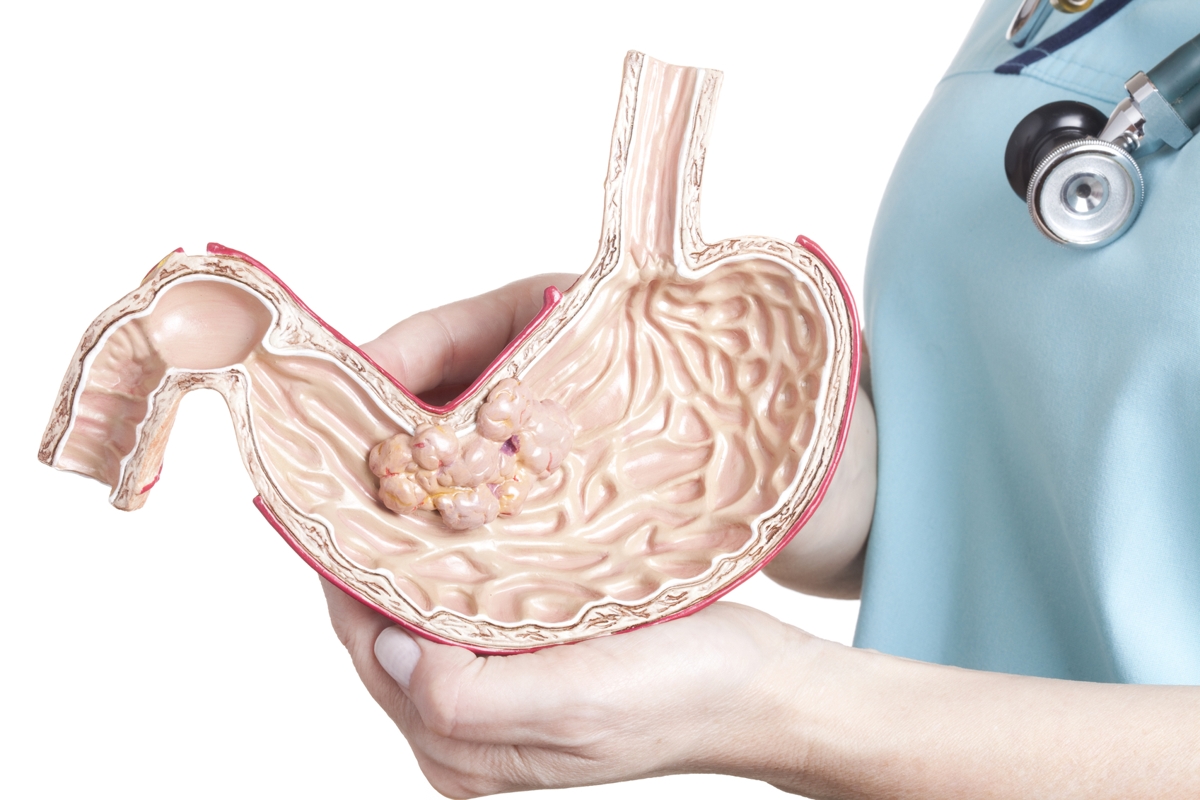
A debilitating, and more often than not, fatal disease, cancer is feared by one and all. Early detection of cancer, can, however, increase the chances of recovery substantially. In this article, we take a look at the different stages of stomach cancer.
Stomach cancer, also known as ‘gastric cancer’, can develop in any part of the stomach and may spread to different parts of the stomach as well as to other organs. Organs which can be affected include the esophagus, lungs, lymph nodes, and the liver. According to statistics, there are about 800,000 deaths due to stomach cancer worldwide every year.
When a person has been diagnosed with stomach cancer, different tests are carried out to know the spread of cancer within the stomach and to other parts of the body. The process used to find the spread of cancer within the stomach or to other parts of the body is called staging. The information gathered from the staging process is able to determine the stage of the disease. Once the stages and prognosis are clear, a plan of treatment can be determined.
What are the Stages of Stomach Cancer?
Stomach cancer staging and prognosis help to describe the size and spread of cancer, and is normally divided into five stages. Small and localized spread of cancer is termed as stage one, with spread to the surrounding structure termed as stage three. When cancer spreads to other parts of the body, it is termed as stage four, and when it spreads to distant parts of the body, it is termed as stage two. Stage two cancer is also known as secondary cancer or metastatic cancer.
Stage 0
This is the most basic of the stomach cancer stage. In this stage abnormal cells are found in the inside lining of the innermost layer of the stomach wall. These cells may become cancerous and spread to normal tissue around. Stage 0 is also known as Carcinoma in Situ
Stage I
In this stage, it is clear that cancerous growths have been formed in the stomach. Stage I cancer can also be divided into two parts, depending on the spread of cancer. Stage IA cancer spreads completely through the innermost layer of the stomach wall, whereas in stage IB, cancer may be found in up to 6 lymph nodes located near the tumor, or spread to the middle layer of the stomach wall.
Stage II
When cancer grows and advances to stage II, three conditions may be found. The cancer spreads to the second layer of the stomach wall and to the lymph nodes further away from the tumor. Another possibility is that the cancer spreads to the muscle layer of the stomach and also to the lymph nodes very close to the tumor. In the last case, the cancer may have spread to all layers of the stomach wall, but has not spread to lymph nodes or other organs.
Stage III
Stage III cancer is also divided into two parts―stage IIIA and stage IIIB―depending on the spread of cancer. If it is a stage IIIA cancer, then it has spread to the middle layer of the stomach wall and also to about 7 to 15 lymph nodes close to the tumor. The other possibility is that the cancer has spread to the outermost layer of the stomach wall and may be found in 1 to 6 lymph nodes closer the tumor. The last option is that the cancer has spread to organs next to the stomach, but not to lymph nodes or other parts of the body.
Stage IIIB cancer is one which has spread to the outermost layer of the stomach wall, and is also found in 7 to 15 lymph nodes located near the tumor.
Stage IV
This is the terminal stomach cancer stage, where the cancer spreads to organs next to the stomach and at least to one of the lymph nodes. The cancer may spread to more than 15 lymph nodes. In some cases, stage IV cancer spreads to the other parts of the body.
Treatment will be decided depending on the stage. Surgery can be used to remove the affected tissue. Often, after surgery, the patient may have to undergo chemotherapy or radiotherapy to ensure all cancer cells are destroyed.


